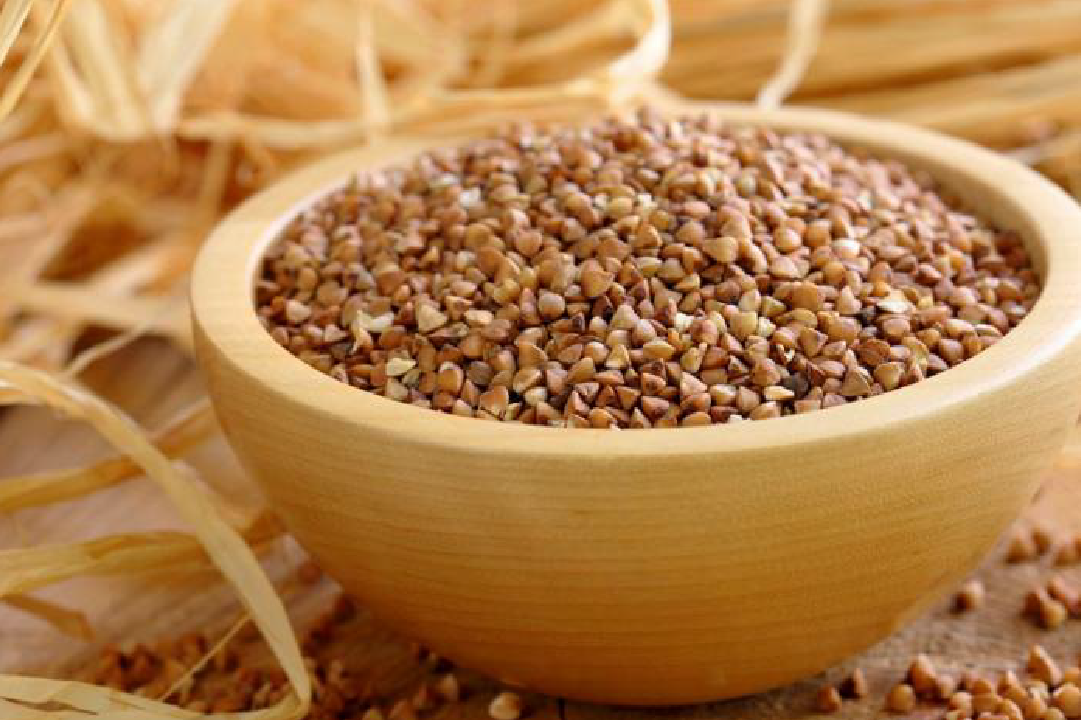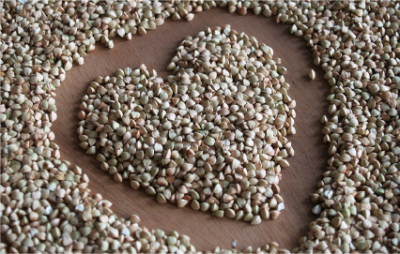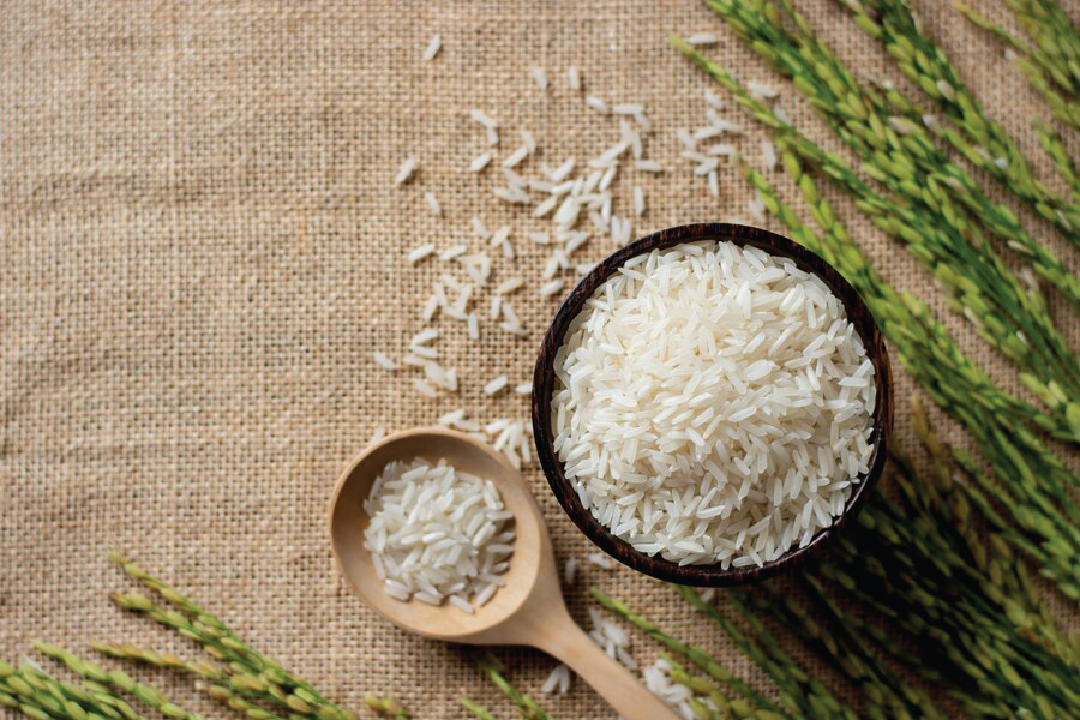Buckwheat belongs to a group of foods known as pseudocereals. Pseudocereals are seeds that are eaten just like cereal grains, but are not plant-based.
Contrary to its name, this plant is not related to wheat, so it does not contain gluten. From this plant, it is processed in the form of seeds, flour, noodles or tea and made available to people.
Buckwheat semolina, like rice, is used as the main ingredient of many traditional and old Asian and European dishes. Buckwheat is known and popular as a healthy food due to the presence of many antioxidants and minerals.
types
- Common buckwheat (Fagopyrum esculentum)
- Tartary buckwheat (Fagopyrum tartaricum)
Buckwheat flour
This type of flour is a dietary product (gluten-free). Contrary to its name, buckwheat flour does not resemble wheat in any way, and its color is gray to brown with a special aroma and pleasant taste.
Uses
- In all kinds of cookies, rolls
- bread and pancakes
- sauces
- soups
- yeasts
Benefits of buckwheat
- Help control blood sugar
- Heart health and circulation
- It reduces the risk of breast cancer.
- They have many effects on the health of cardiovascular and cerebrovascular vessels.
- Help to lose weight
- Very effective in bone health
- Improve digestion
- Improving the immune system
- Reducing the risk of gallstones
- prevent asthma
- Lower blood pressure
- Prevent aging
- Brighten the skin
- Help hair grow
- hypoallergenic
- Excretion of excess fluids
- Prevent liver disorders
- Improve skin elasticity
Buckwheat side effects
- If you have a sleep disorder, you should not consume buckwheat.
- Before giving buckwheat to your child, talk to a specialist.
- Buckwheat is safe for adults.
- Sometimes this plant can increase the risk of sunburn
- Exposure to buckwheat can cause runny nose, asthma, itchy and scaly skin, bloating and severe drop in blood pressure.
- Those who are allergic to latex or rice may also be allergic to this plant. The symptoms of this allergy include skin rashes, swelling, digestive discomfort and in the worst case severe allergic shock.
- It has high fiber, which in high amounts can cause digestive problems such as bloating, intestinal obstruction.
Nutritional value table
| The main constituent | Amount per 100 grams |
| energy (calories) | 343 kcal |
| Carbohydrate | 71.50 grams |
| Protein | 13.25 grams |
| fat | 3.40 grams |
| water | 9.75 grams |
| fiber | 10.00 grams |
| sugar | 0.00 grams |
| Cholesterol | 0.00 mg |
| vitamins | |
| The name of the vitamin | Amount per 100 grams |
| Vitamin A | 0.00 µg |
| Vitamin D | 0.00 µg |
| Vitamin E | 0.00 mg |
| Vitamin K | 0.00 µg |
| Vitamin C | 0.00 mg |
| Thiamine (B1) | 0.10 mg |
| Riboflavin (B2) | 0.43 mg |
| Niacin (B3) | 7.02 mg |
| Choline (B4) | 0.00 mg |
| pantothenic acid (B5) | 1.23 mg |
| Vitamin B6 | 0.21 mg |
| Folate (B9) | 30.00 micrograms |
| Vitamin B12 | 0.00 mg |
| Minerals | |
| The name of the mineral | Amount per 100 grams |
| calcium | 18.00 mg |
| iron | 2.20 mg |
| magnesium | 231.00 mg |
| phosphorus | 347.00 mg |
| Potassium | 460.00 mg |
| sodium | 1.00 mg |
| Roy | 2.40 mg |
| copper | 1.10 mg |
| Manganese | 1.30 mg |
| selenium | 8.30 micrograms |






















Nice post. I learn something totally new and challenging on websites
Chaming news for all us
“Great content, learned a lot from this post!”